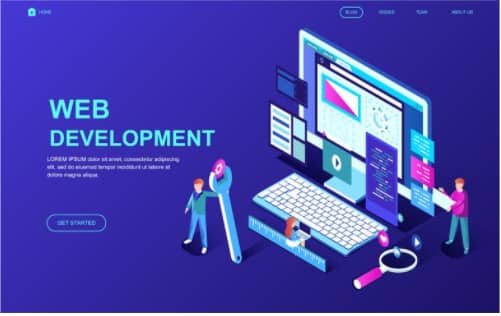Arranging out a natural route on your site is vital to help guests discover what they’re searching for. This is an important part of any Website Design Agency in Auckland. Preferably, a guest should arrive on your site and not need to contemplate where to click straight away. Moving from guide A toward point B ought to be just about as frictionless as could be expected.
The following are a couple of tips for improving your site’s navigability:
- Keep the construction of your essential route straightforward (and close to the highest point of your page).
- Remember the route for the footer of your site.
- Think about utilizing breadcrumbs on each page (aside from your landing page), so clients recall their route trail.
- Incorporate a hunt bar close to the highest point of your site so guests can look by catchphrases.
- Try not to offer an excessive number of route choices per page. Once more, effortlessness!
- Incorporate connections inside your page duplicate, and clarify where those connections go.
Try not to make clients burrow excessively profoundly. Take a stab at making a fundamental wireframe guide of all your site pages orchestrated like a pyramid: Your landing page is at the top and each connected page from the past structures the following layer. Much of the time, it’s ideal to keep your guide close to three-levels profound. Take HubSpot’s site map, for instance.
Another pointer: Once you’ve chosen what your site’s fundamental (top) route will be, keep it reliable. The marks and area of your route ought to continue as before on each page.
This leads us pleasantly into our next guideline tip for a good Website Design in Auckland– consistency.
Besides keeping your route predictable, the general look and feel of your site ought to be comparative across your site’s pages as a whole. Foundations, shading plans, typefaces, and surprisingly the tone of your composing are for the most part regions where consistency decidedly affects the ease of use and UX.
Saying this doesn’t imply that each page ought to follow a similar design. All things considered, make various formats for explicit kinds of pages (e.g., points of arrival, enlightening pages, and so on) By utilizing those designs reliably, you’ll make it simpler for guests to get what sort of data they’re probably going to discover on a given page.
You can see that Airbnb utilizes a similar format for all of its “Help” pages, a typical practice. Envision what it would resemble according to a guest’s viewpoint assuming each “Help” page had its own, extraordinary format. There would presumably be a great deal of shoulder shrugging.
As indicated by Statista, 48% of page worldwide perspectives were from cell phones like cell phones and tablets. Furthermore, as indicated by our examination, 93% of individuals have left a site since it didn’t show as expected on their gadget.






